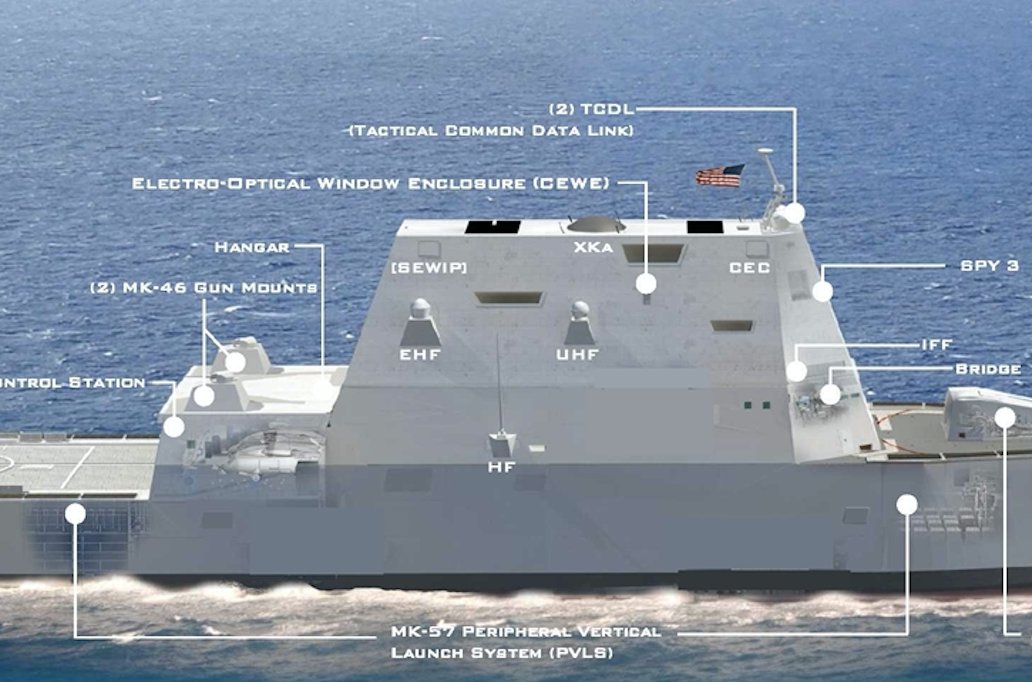
Most good chess players think in moves three plays ahead and always consider an opponent's counter moves for each thought scenario during this process. Therefore, either Boeing is just plain slow or it has already considered this move and is just smiling.
Airbus was forced to make its bishop take Boeing's queen just as it did when Boeing played its Queen of the skies move on the Airbus A-380 causing a decades long tie up of Airbus resources over its mega wide-body 500 passenger elephant.
Airbus was forced to make its bishop take Boeing's queen just as it did when Boeing played its Queen of the skies move on the Airbus A-380 causing a decades long tie up of Airbus resources over its mega wide-body 500 passenger elephant.
So what just happened? Airbus is trying to undercut the Boeing 737 Max 700 model of aircraft so Boeing just lost a pawn for a buck. If the C series goes any larger than the 737 Max 700 it will infringe upon its own A-320 NEO. Boeing just lost the market for a an airplane class it doesn't even consider or build. Bombardier could have eroded Max sales at the bottom end and now Airbus can only trap the 737 Max 700 in this game unless Airbus needs Bombardier concepts of airplanes for making another NEO/NEO type for its for A-318-319's.
The news today says Airbus has made a move putting Boeing into checkmate danger. Boeing should be going four moves ahead in the "board game" against Airbus using its own data. Boeing won't down size its models to compete with the Bombardier/Airbus consortium. It will just reinvent for 2030 with an all new single aisle type.
After-all, the Max was just a stop gap/knee jerk adjustment until it could conceive a whole new paper airplane using its vast secrets to do so. The next Boeing clean sheet single aisle is twelve years away from announcing and another 5-10 years after that from delivery. Boeing should deliver its first follow-on upscale after the Max by about the span of time during 2030-2040. Airbus will have dithered its $1 dollar investment for another 20 years, by then (i.e. 2040), the Airbus cadre of Boeing watchers, will have come up with another plan "B" in its play book of tripping up Boeing.
Boeing will have parlayed its "what the wide body really means" with its wing body project by 2040. Boeing has accomplished what it wanted with all this fuss it made over Bombardier, it moved Airbus to the skinny aisle class making Embraer nervous in the process with a loss of 7 points on the stock exchange in one day.
Airbus will make Bombardier wider while "borrowing it secret sauce" for its own purpose because that's what Airbus does is plan "B's" very well.
